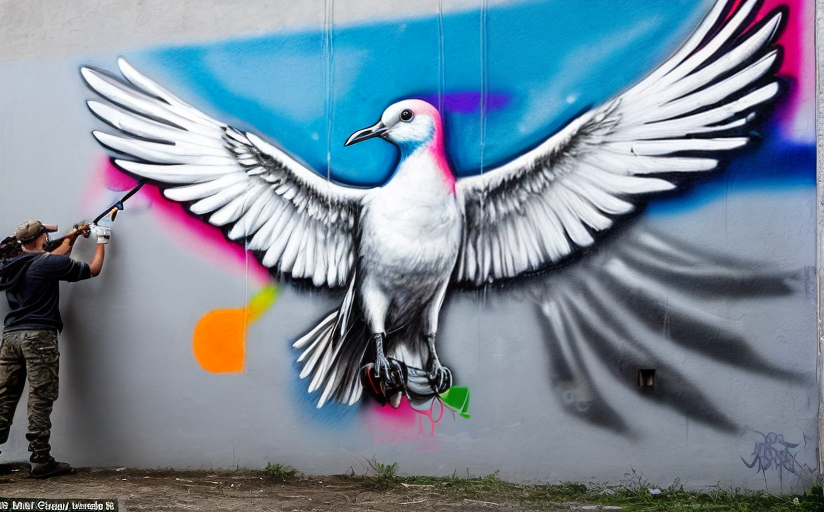Exploring Censorship and Freedom of Expression in Modern Art
Art, as a form of expression, has always stirred discussion and controversy. One such heated topic in the discourse of modern art is the ongoing debate surrounding censorship and freedom of expression. The challenge of understanding the delicate balance between the freedom of the artist and the perceived societal values has long been a dichotomy that governments, critics, artists, and the general public are grappling with.
Historical Context of Censorship in Art
Art censorship has a long history. Early forms of censorship were implemented by the royal or religious elites to control the representation of ideology. The advent of modernism in the late 19th and 20th centuries, however, witnessed a significant shift in the discourse on censorship. Artists started pushing traditional boundaries, leading to increased clashes with regulatory bodies.
Different Perspectives on Censorship
The perspectives on censorship vary. To many artists, censorship is perceived as an infringement on their freedom to express themselves. On the contrary, government bodies justify acts of censorship under the pretext of maintaining societal norms and values. Critics often find themselves in the middle ground, while the general public's reaction to controversial art can diverge significantly.
Impact of Censorship on the Art World
Censorship, while inhibitive, can sometimes foster creativity as artists seek ways to subvert the establishment. This constant push against the boundaries has brought forth many groundbreaking works. However, the fear of backlash may also suppress the artistic potential.
Case Studies of Censored Art
An exploration of this topic would be incomplete without visits to notorious cases like Andres Serrano's 'Piss Christ' or the Russian feminist punk rock group 'Pussy Riot,' both of whom faced immense backlash and censorship for their controversial content.
The Role of Social Media and Digital Platforms
Digital platforms have indisputably increased access to modern art, enabling artists to share their works globally, and have often become the battleground for freedom of expression. But they also amplify controversies, lead to misinterpretations, and reignite debates on censorship.
Are there Limitations to Freedom of Expression?
This brings us to the pertinent question - are there limitations to freedom of expression in modern art? The answer isn’t straightforward. While absolute freedom can lead to offenses and ethical controversies, unchecked censorship can stifle creativity. Therefore, finding a balance is essential.
In conclusion, the debate over censorship and freedom of expression in modern art is an ongoing battle, reflecting our evolving societal values and norms. As we move forward, it is paramount to foster an environment where artists can bravely explore uncharted territories, and yet, engage responsibly with their audience.



















Comments
Leave a Comment